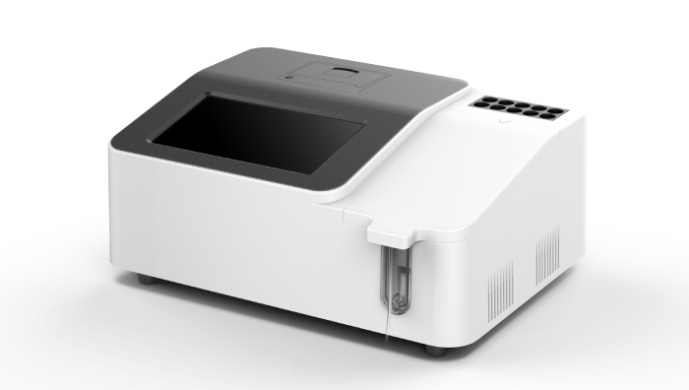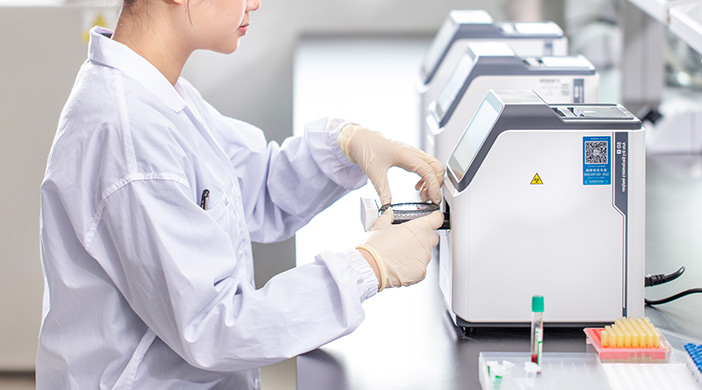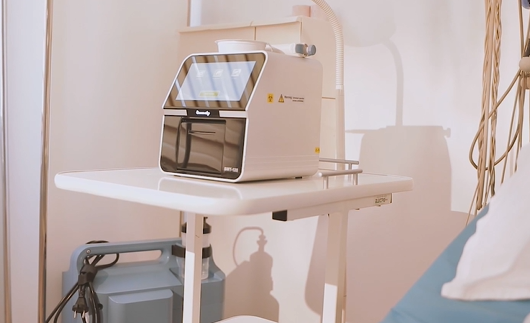release time:2023-12-08 10:34:26

The In Vitro Diagnostics (IVD) market is on the cusp of significant growth in 2024, with projections pointing towards a robust $85.6 billion USD market size, reflecting a notable 7% increase from the preceding year. In this blog post, we delve into the key trends driving this expansion, exploring technological advancements, market dynamics, specific segments to watch, and the challenges and opportunities that lie ahead.
The IVD market's ascent to $85.6 billion USD in 2024 is underpinned by a confluence of factors. A surge in demand for personalized medicine, a growing need for point-of-care diagnostics, and the integration of cutting-edge technologies such as molecular diagnostics and next-generation sequencing are the primary drivers behind this impressive growth trajectory. As healthcare continues to prioritize individualized treatment approaches, the IVD market is expected to play a pivotal role in shaping the future of diagnostics.
Automation and artificial intelligence (AI) are at the forefront of technological advancements in the IVD sector. The increasing adoption of automation and AI in instrument workflows promises enhanced efficiency and accuracy. Moreover, the industry is witnessing a shift towards data-driven insights, with a focus on leveraging information generated by IVD instruments for personalized diagnostics and healthcare management. Digitalization and connectivity are also on the rise, with the development of remote diagnostics, data sharing, and telehealth applications, marking a transformative era in healthcare delivery.
The IVD market's dynamics in 2024 will be shaped by key factors, including the rise of personalized medicine, a surge in demand for point-of-care diagnostics, and the emphasis on value-based healthcare. Personalized medicine, utilizing IVD tools for targeted diagnosis and treatment, is expected to gain significant traction, offering more effective and tailored solutions for patients. The demand for rapid and convenient point-of-care testing solutions, especially in areas like infectious diseases and chronic conditions, is set to increase. Moreover, the industry's focus on demonstrating cost-effectiveness and the value proposition of IVD tests will be critical for market players. The IVD market's expansion into emerging economies, driven by growing healthcare infrastructure and rising disposable incomes, adds another layer of dynamism to its landscape.
Molecular diagnostics emerges as the frontrunner among IVD segments, projected to be the fastest-growing due to its expanding applications in oncology, infectious diseases, and genetic testing. Immunoassays, while remaining the dominant segment, continue to innovate in applications and technologies. Clinical Chemistry and Hematology segments are expected to experience steady growth, given their established roles in routine testing, reaffirming their importance in the broader diagnostic landscape.
Navigating the 2024 IVD market will not be without challenges. Adapting to evolving regulatory requirements, addressing data privacy concerns, and ensuring cybersecurity in an era of increasing threats are key hurdles for market players. Additionally, the ever-changing reimbursement landscape for IVD tests across different regions poses a challenge that requires adept navigation. However, these challenges also present opportunities for innovation, collaboration, and strategic positioning within the market.
As we look ahead to 2024, the IVD market stands at the crossroads of innovation and expansion. Driven by technological advancements, a growing demand for personalized medicine, and the exploration of new markets, the IVD sector is poised for remarkable growth. While challenges loom, they also pave the way for opportunities, urging industry players to adapt, innovate, and contribute to the evolution of diagnostics in the years to come.

2022-08-04
Semi-automatic biochemical analyzer has stable performance, simple structure, easy operation, low price and good openness. This analysis machine is widely used in urban community outpatient departments, rural health centers and other primary care institutions.

2022-04-14
What are the advantages of a small benchtop chemistry analyzer? Here is an example of a Seamaty portable fully automated biochemistry analyzer.

2021-09-09
Biochemical analysis is one of the most important tools commonly used for clinical diagnosis. Biochemical analysis can be divided into wet chemistry and dry chemistry according to whether the chemical reaction between the sample and the reagents is in solid phase or not.